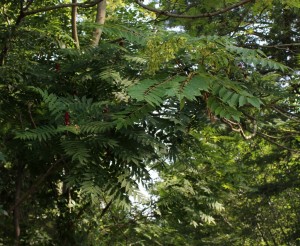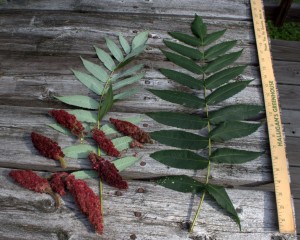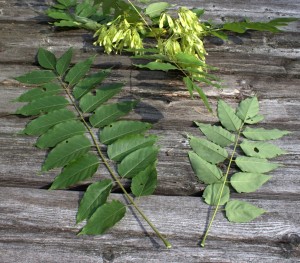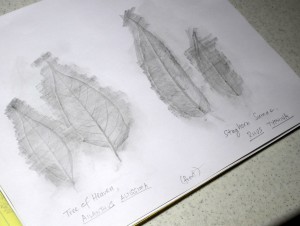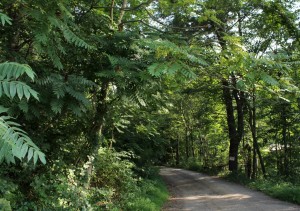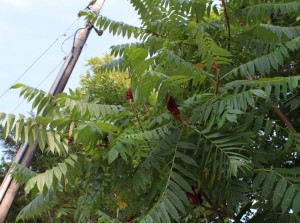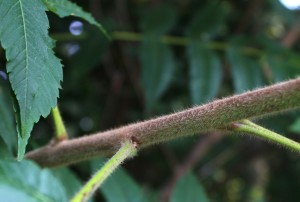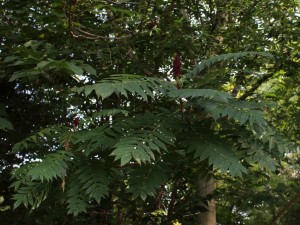Welcome back to Flower Poetry Fridays with Mrs. Sigourney. Each Friday a new poem will be posted from her The Voice Of Flowers.
THE STRANGER’S FLOWER.
In some of the South American republics, it was customary for ladies to present a flower to every stranger whom they received as a guest.
STRANGER ! new flowers in these vales are
seen,
With a dazzling eye, and a fadeless green,
They scent the breath of the dewy morn,
They feed no worm, and they hide no thorn,
But revel and glow in our balmy air ;
They are flowers that freedom hath planted
there.This bud of welcome to thee we give ;
Bid its glowing blush in thy bosom live ;
It shall charm thee from all a stranger’s pain,
Reserve, suspicion, and dark disdain ;
A race in its freshness and bloom are we,
Bring no cares from a worn out world with
thee.‘Tis a little time since the lance and spear,
And the clamor of war and death were here ;
Our siesta the shout of the murderer broke,
And we struggled to rend a tyrant’s yoke,
Till our midnight slumbers were pale with
fears,
And the fairest cheeks bore a mourner’s tears.But now on the couch of its mother’s breast,
The infant sleeps long in its dream of rest,
And the lover beneath the evening star,
Woos the young maid with his light guitar ;
These are the blessings that wait the free,
And stranger ! this flower is our gift to thee.
Giving a flower to each stranger who visits your home is a lovely tradition.
It’s like the woman of the house was inviting the stranger in to enjoy their company and at the same time she encouraged them to leave their worries and cares of the world on the doorstep.
The lovely flower would help to break the ice so the stranger would feel relaxed while calling on the host. How welcoming is that?
Come back next Friday for the next installment in our series of flower poems from Mrs. Sigourney’s The Voice of Flowers, “The Lily’s Whisper”.
